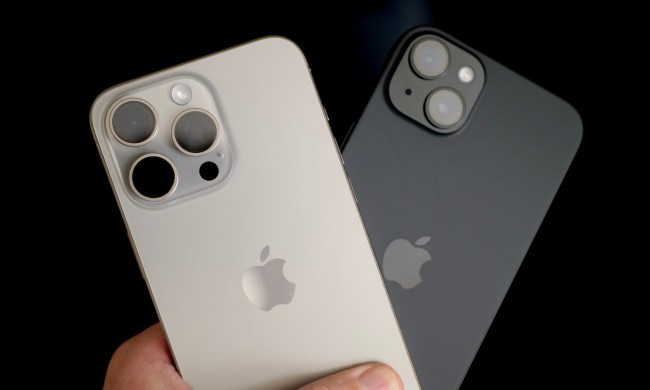GIFs may be growing in popularity, but many of them are grainy, low-resolution files that make the moving memes less than stellar — but GIF platform Gfycat is working to change that using A.I. The company recently shared a new program that uses tools like facial recognition to churn out higher quality GIFs from its platform.
The tech is being used to bolster Gfycat’s library in three ways. First, the software identifies individual frames and then searches online for another, higher resolution copy of the same file. Since GIFs are often created from popular movies, TV shows, and the like, the software can often find another version that has a higher resolution than the GIF. After determining which video the GIF came from, the A.I. then has to find the exact frames included in the GIF and swap them out to provide the highest quality version.
The second step is to recognize who’s in the GIF in order to make those higher-quality GIFs easier to find. The platform uses facial recognition and a database of celebrity images to automatically tag the GIFs, making those files pop up in search results and categories even when the user who uploaded the original file didn’t add those tags. Gfycat says its facial recognition system is a bit different because it uses a larger training set which aids accuracy for look-alike celebrities. The company hopes the system will also help recognize new celebrities before they reach rock star status.
The third component of the A.I. system helps correct text that has been affected by the low resolution of the file. Rather than facial recognition, this branch of the tech uses optical character recognition to help make out the text, then replaces the grainy version with new text to match the resolution of that replaced video segment.
Gfycat isn’t as popular as platforms like Giphy in terms of user count, but it has a number of attractive options, including a mobile app for making looping GIFs. The platform launched specifically to create better GIFs and says a Gfycat can be produced around 10 times faster than a traditional GIF, along with support for interaction, more colors, and more file formats. The new A.I. program pushes the firm’s goal further by working to create higher resolution GIFs.



